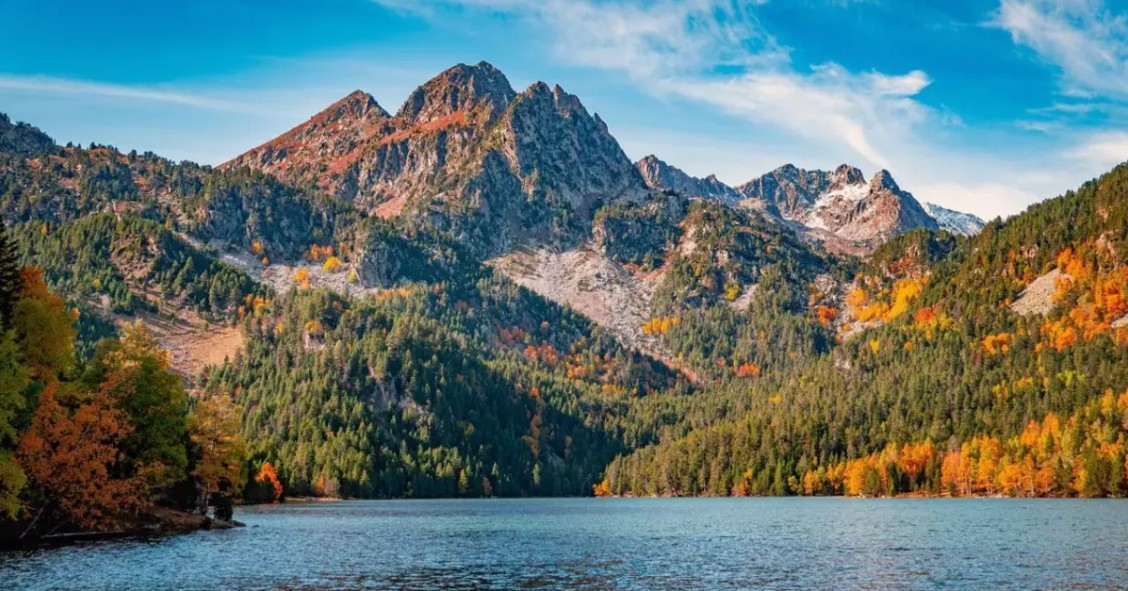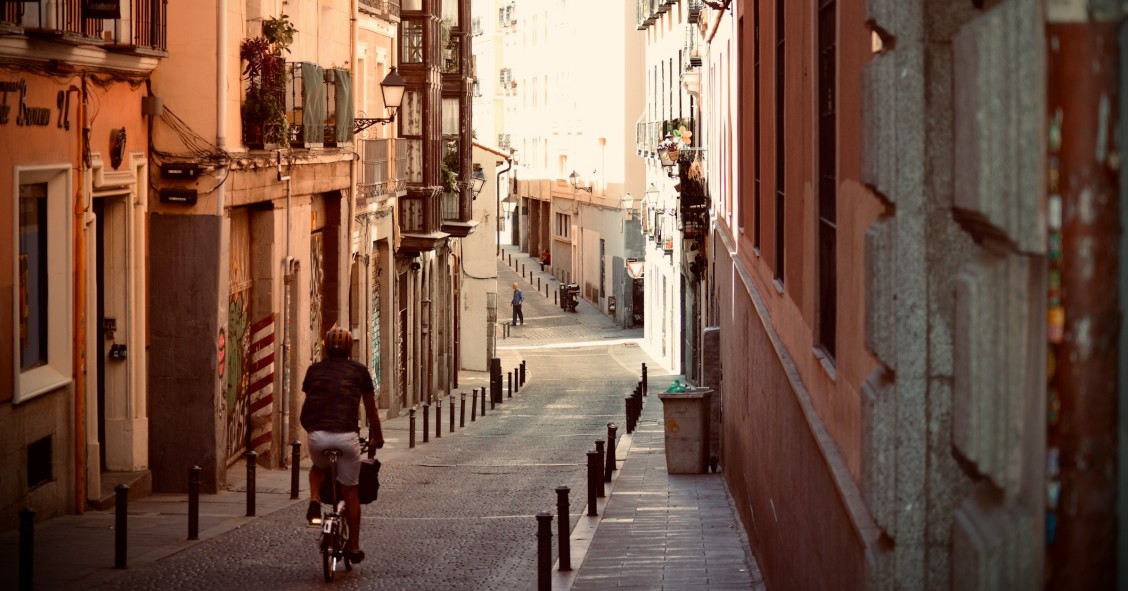
So you have to change the boiler in your home… we know it’s a pain in the neck and a hefty blow for your finances. On the bright side, the new boiler is sure to be more efficient and of better quality than the old one, saving you money in the long run.
When the time comes to install your new heater, be careful because the extraction pipe can’t go just anywhere. This is something that the person installing it may not even know. Where can you and where can you not run the flue out of your house? Architect Pablo García, from Atrezo Arquitectos, explains in great detail.
Can those gases be extracted into any old courtyard in the building? "Well, no, that's the first thing to make clear," explains Garcia. In Spanish apartment buildings, there are many common areas such as interior-facing patios, which tend to be the ones that generate more heated discussions in meetings of the neighbour’s society. "Many times, those discussions come up because the residents of the block of flats don't know the laws. These patios have windows from people’s homes, gas ventilation holes, installations in the walls and smoke being churned out from the combustion of gas from boilers" but the fumes are not allowed to go out just anywhere. There are certain requirements to be met for the placement of the extraction tube:
- The only courtyard that is suitable for this purpose is the one that the community of homeowners sets aside for it. Normally, it is where the windows of the kitchens open onto. In many buildings there is only one of these kinds of interior patios and in others there are several. If there is one for this purpose, the boiler should have its common outlet pipe which all the neighbours use even if you change the distribution of the house.
- "The patio must have a surface area of 3 m2 (32 sq ft) in the case of existing buildings and 4 m2 (43 sq ft) in the case of new buildings. The length of the smallest edge must be at least 1 metre, or 3 feet. If there is a roof above it, there has to be a permanent area of at least 2 m2 (21.5 sq ft) free connecting to the open air," says Pablo.
- "Ducts leading into this courtyard must be 1 metre away from the side wall with window or vent, or 30 cm from the side wall without windows or vents. They must also maintain a distance of 3 metres from the front wall if there is a window or ventilation hole, or 2 metres from the front wall if there are no windows.”
- The tube must be 40 cm away from windows and ventilation holes on the same wall, and not protrude from the wall more than 3 cm. If your property is on a lower floor with the pipe exiting to that internal patio, it should be raised off the floor more than 2.2 metres.
- If there are two outputs of combustion products located at the same level, a minimum distance of 60 cm must be maintained between them, though this distance can be reduced to 30 cm if divergent deflectors are used, which are bends in the pipe for the diversion of these gases.
In all patios these minimum requirements must be met. "It is very good that the fumes go out there so that toxic gases don’t accumulate, but the best thing would also be to install boilers that have class 5 emissions, which are those in which there are less than 70mg/KWh of nitrous oxide emissions. What’s more, since 2008, the new boilers with exterior outlets must have low emissions," concludes Garcia.






